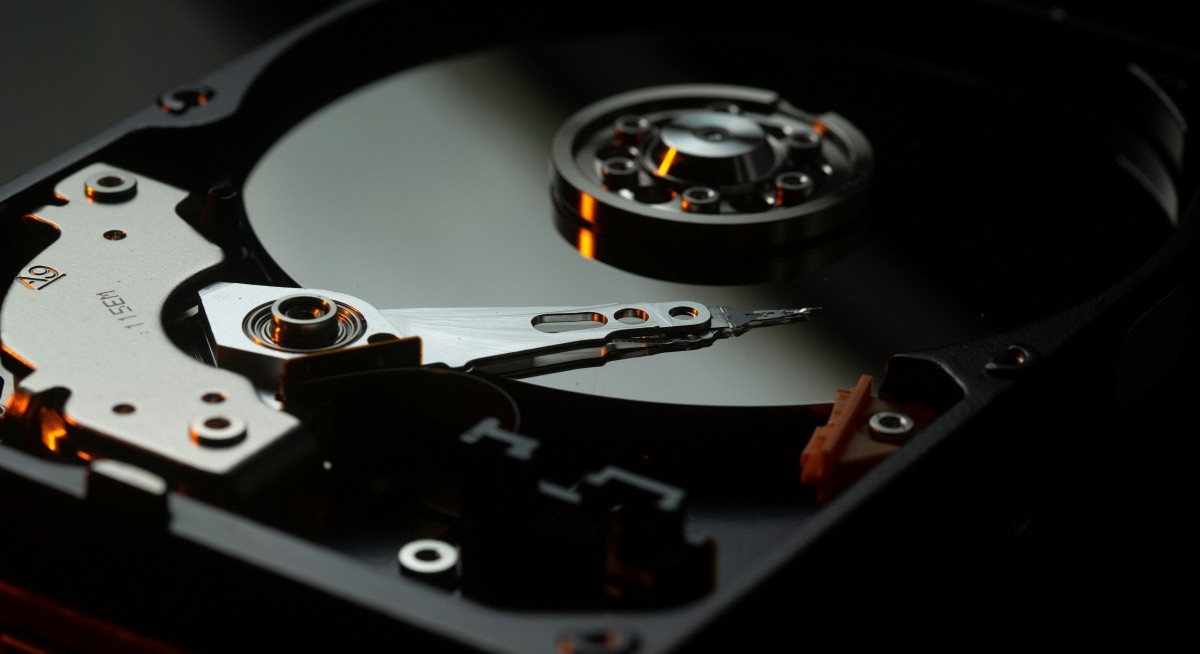With growing volumes of data, use cases and applications in the cloud and on-premises, these data centre managers are also constantly under pressure to provide uncompromising reliability and Service Level Agreement performance at the lowest possible cost. The majority (92%) of property players in Singapore acknowledge that the country faces physical and resource constraints that limit expansion and scaling data centre capacity, according to a survey conducted by the National University of Singapore (NUS).
Optimising floor space and lowering total cost of ownership (TCO) influences almost every decision data centre managers make. And achieving the lowest possible TCO is money saved, which drives revenue and fuels additional services.
New HDD innovations can lower TCO
TCO is complex; it is strategic, and long-term. Reducing TCO also involves numerous factors. Sure, the cost of a drive or the price per terabyte (TB) is important. This is, however, just one of several considerations that go into a compound equation that can help lower TCO. Other factors can include the amount of floor space, the cost of power and cooling, and maintenance and repairs, to name a few.
See also: Philippine court convicts ex-mayor for human trafficking over role in scam centre
The pressure to cut TCO is influencing data centres to increasingly rely on storage solutions that offer high-capacity, low power, performance and proven reliability in a cost-effective design. In fact, hard disk drive (HDD) innovation continues to be the backbone for data-heavy technologies and applications to thrive.
Today, most of the world’s stored data resides on HDDs and there’s simply no substitute that can deliver the same TCO value at scale for data centres — not flash, not tape. For data centre architects, moving to the highest capacity HDDs quickly means scaling efficiently without increasing the physical footprint while reducing watts/TB, power and cooling costs.
Modern HDDs are designed to hold more data within the same 3.5-inch footprint, scaling for exponential growth while reducing TCO. Innovations like helium-sealed drives, OptiNAND technology, UltraSMR, and energy-assisted technologies have enhanced capacity, performance, reliability, and power efficiency of today’s massive-capacity HDDs.
See also: Why IBM believes quantum computing is close to business reality
The same NUS survey revealed that about two-thirds of respondents cited power supply and cooling energy as the key challenges when scaling up capacity. For data centre architects, moving to the highest capacity HDDs quickly means scaling efficiently without increasing the physical footprint while reducing the overall watts/TB, power and cooling costs.
For example, replacing 24TB HDDs with Western Digital's 32TB Ultrastar drives to deploy 2PB of storage can reduce server count by 25%, cut energy consumption per terabyte by 20%, and lower infrastructure and maintenance costs. These gains reduce physical space requirements and operational expenses while maintaining storage performance, helping businesses optimise their storage density and costs.
Speeding up innovation
HDD manufacturers have continued to push the boundaries of innovation to increase areal density and deliver reliable, higher-capacity lower-power drives to store the vast amount of data that the world is creating on a daily basis.
More data equals more value, especially for artificial intelligence, and businesses would store more data if they could do so in a cost-effective and efficient manner. Moving to the highest capacity HDDs can help. High-capacity HDDs will continue to play a key role in all of this and are the most economical media to store massive amounts of data online and at scale. The benefits translate into overall data centre power and cooling savings, which can play an important role in helping data centres operate greener.
Stefan Mandl is the vice president of sales and marketing for the APJC region at Western Digital Corporation




